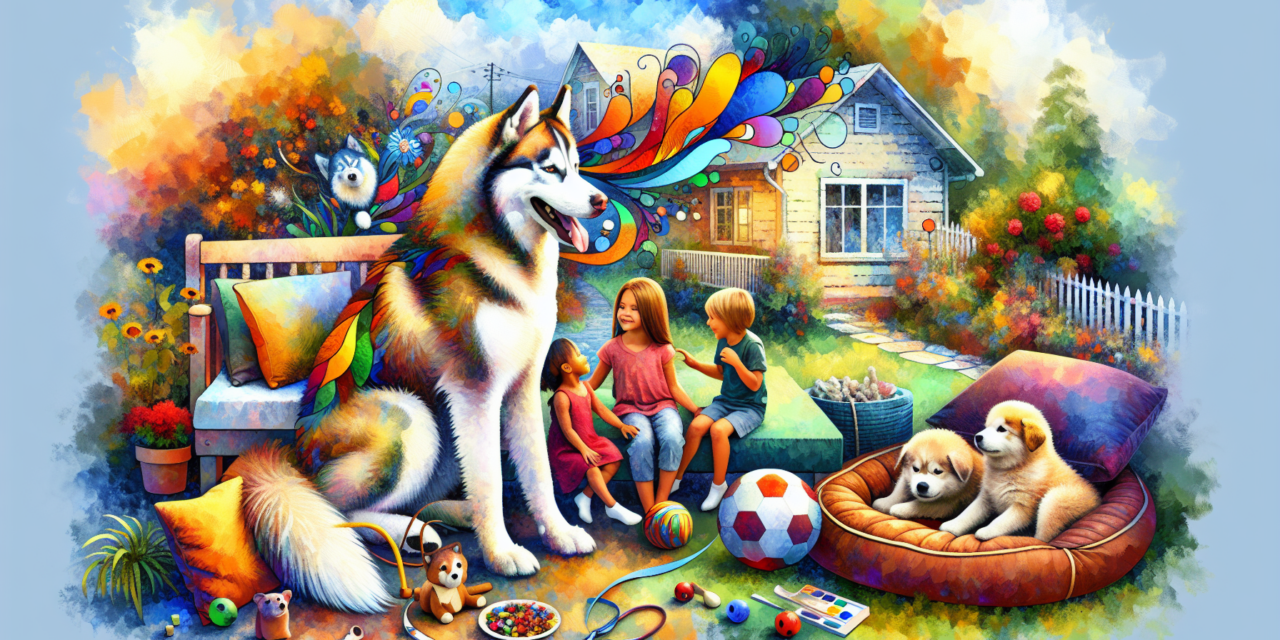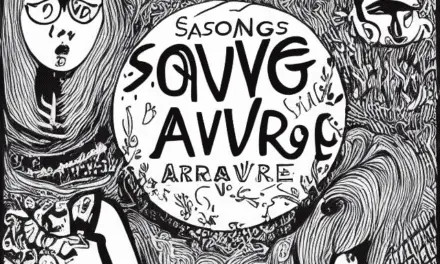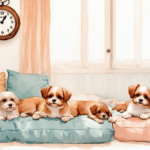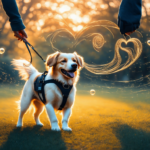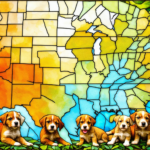Are you considering adding a husky dog to your family? The Siberian Husky is not just a beautiful breed; they are known for their striking appearance, playful nature, and unique temperament. In this article, we will explore whether a husky dog is the right family pet for you by delving into key aspects such as their temperament, care requirements, and lifespan. We will also discuss common mistakes to avoid when caring for husky dogs, their social needs, and how to adapt your home for these energetic companions. Additionally, we will address the challenges of owning a husky and provide insights into their affection and sleeping habits. Finally, we will touch on the husky dog price and factors influencing the cost of ownership. Join us as we uncover the essential information you need to make an informed decision about welcoming a Siberian Husky into your life.
Understanding the Siberian Husky Temperament
Huskies can be excellent family dogs, but their suitability largely depends on the family’s lifestyle and ability to meet the breed’s needs. Here are key considerations:
- Temperament: Huskies are known for their playful, friendly, and even-tempered nature. They typically get along well with children and other dogs, making them a sociable choice for families. However, their high energy levels mean they require regular exercise and mental stimulation to prevent boredom and potential behavioral issues.
- Energy Levels: As a highly energetic breed, Huskies thrive in active households. They enjoy outdoor activities such as running, hiking, and playing fetch. Families that can provide ample exercise will find Huskies to be joyful companions. According to the American Kennel Club, daily exercise is essential to keep them physically and mentally fit.
- Training Challenges: Huskies are known for their independent and strong-willed nature, which can pose challenges for inexperienced dog owners. They may require consistent training and socialization from an early age. Positive reinforcement techniques are recommended, as harsh training methods can lead to resistance. Resources like the Association of Professional Dog Trainers provide valuable guidance on effective training strategies.
- Family Dynamics: While Huskies are generally good with children, their boisterous behavior can be overwhelming for younger kids. It’s important to supervise interactions between Huskies and small children to prevent accidental knocks or rough play. Families with older children who can engage in play and training may find Huskies to be a better fit.
- Grooming Needs: Huskies have a thick double coat that sheds heavily, particularly during seasonal changes. Regular grooming is necessary to manage shedding and maintain coat health. The American Kennel Club suggests brushing at least once a week, with more frequent grooming during shedding seasons.
- Health Considerations: Like all breeds, Huskies can be prone to certain health issues, including cataracts, hip dysplasia, and progressive retinal atrophy. Regular veterinary check-ups and a balanced diet are crucial for maintaining their health. The American Veterinary Medical Association emphasizes the importance of preventive care for all dog breeds.
In summary, Huskies can be wonderful family dogs for active families who can provide the necessary exercise, training, and socialization. Their friendly disposition and playful nature make them great companions, but potential owners should be prepared for the challenges that come with their independent spirit and grooming needs.
Characteristics of the Husky Dog Breed
The Siberian Husky is a captivating breed with distinct characteristics that set them apart. Here are some notable traits of the husky dog breed:
- Physical Appearance: Huskies are medium-sized dogs, typically weighing between 35 to 60 pounds. They have a well-proportioned body, erect triangular ears, and striking blue or multi-colored eyes. Their thick double coat comes in various colors, including black, gray, and red, contributing to their stunning appearance.
- Temperament: Known for their friendly and outgoing nature, huskies are social animals that thrive on companionship. They are often described as playful and mischievous, making them entertaining family pets. However, their independent streak can sometimes lead to stubbornness, requiring patient training.
- Intelligence: Huskies are intelligent dogs, but their independent nature can make training a challenge. They excel in activities that engage their minds, such as agility and obedience training. Providing mental stimulation is essential to prevent boredom and destructive behavior.
- Vocalization: Huskies are known for their unique vocalizations, often “talking” to their owners. This breed is not shy about expressing their feelings, which can be both amusing and challenging for families.
Understanding these characteristics can help potential owners determine if a husky dog is the right fit for their family. For those considering adding a husky to their home, it’s essential to research and prepare for the unique needs of this breed.
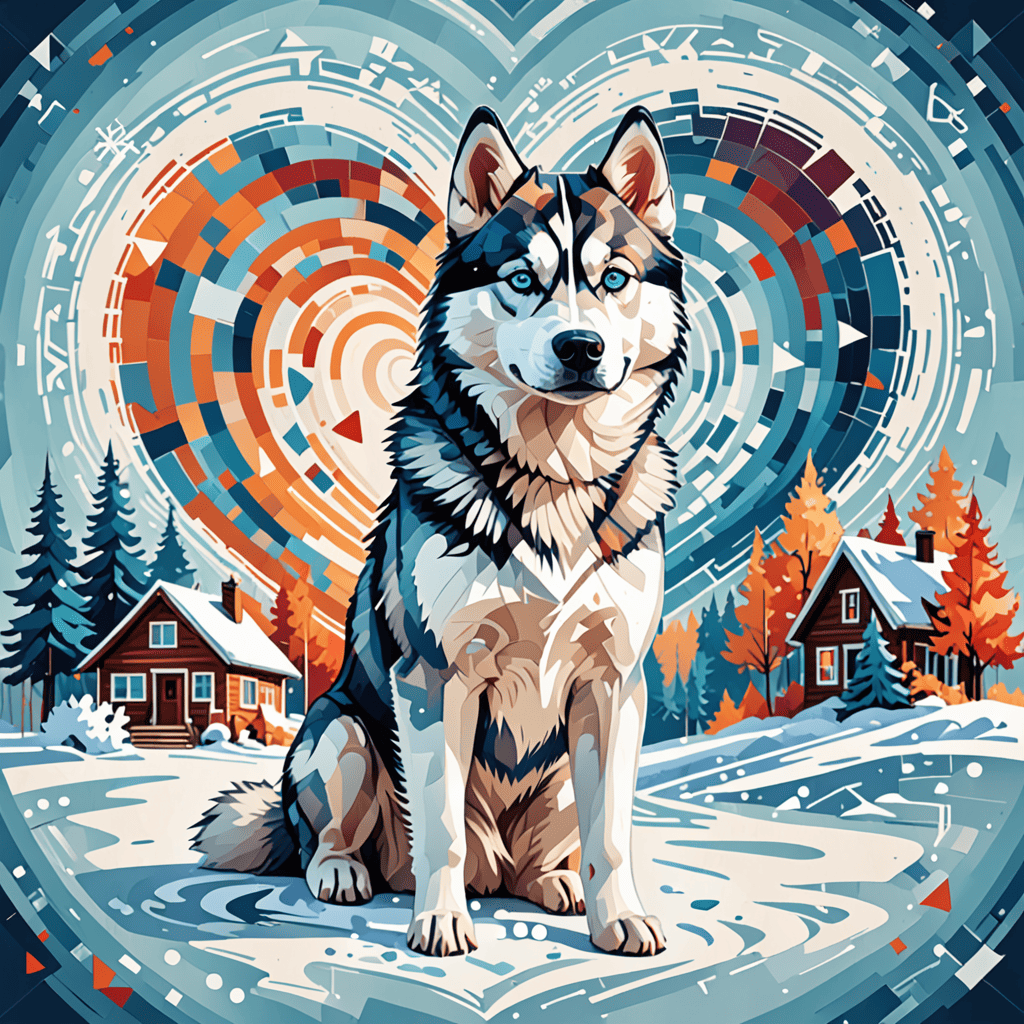
Understanding the Siberian Husky Temperament
The husky dog is renowned for its vibrant personality and unique temperament. These dogs are known for their friendly and outgoing nature, making them excellent companions for families. However, understanding their temperament is crucial for ensuring a harmonious relationship. Siberian Huskies are highly social animals that thrive on interaction with both humans and other dogs. They are playful, intelligent, and often exhibit a strong prey drive, which can lead to chasing smaller animals if not properly managed.
Moreover, siberian huskies are known for their independence and stubbornness. This trait can pose challenges during training, as they may not always be eager to follow commands. Therefore, it’s essential to approach training with patience and consistency. Positive reinforcement techniques, such as treats and praise, work best for this husky dog breed. By understanding their temperament, you can create a nurturing environment that caters to their social needs and energetic lifestyle.
Characteristics of the Husky Dog Breed
The husky dog breed is characterized by its striking appearance and energetic disposition. Here are some key characteristics that define this breed:
- High Energy Levels: Siberian Huskies require a significant amount of exercise—ideally 1-2 hours daily. Engaging in activities like running, hiking, or participating in dog sports is essential to keep them physically and mentally stimulated.
- Friendly and Social: Huskies are known for their friendly demeanor. They typically get along well with children and other pets, making them great family dogs. However, early socialization is crucial to prevent any fearfulness or aggression.
- Intelligent Yet Stubborn: While husky dogs are intelligent, they can also be quite stubborn. This trait can make training a challenge, but with the right approach, they can learn effectively.
- Escape Artists: Huskies are notorious for their ability to escape from confined spaces. They require ample room to roam and explore, so it’s important to provide a secure environment.
Understanding these characteristics will help you provide the best care for your husky dog, ensuring a fulfilling life for both you and your pet. For more insights on caring for your husky, explore our blog for various pet-related topics.
Can a Husky Be Left Alone?
Understanding the unique needs of the husky dog is essential for any owner considering leaving their pet alone. Huskies are known for their high energy levels and social nature, making them unique in their needs compared to other dog breeds. Here are key considerations regarding leaving a husky alone:
- Social Needs: Huskies are pack animals that thrive on companionship. Leaving them alone for extended periods can lead to feelings of loneliness, anxiety, and boredom. This can manifest in destructive behaviors, such as chewing furniture or digging, and excessive barking.
- Exercise Requirements: Huskies require significant physical activity—at least 1-2 hours of exercise daily. If left alone without adequate exercise, they may become restless and engage in undesirable behaviors. Consider incorporating activities like running, hiking, or interactive play before leaving them alone.
- Mental Stimulation: To mitigate boredom, provide mental stimulation through puzzle toys, treat-dispensing toys, or training sessions. Engaging their minds can help reduce anxiety and destructive tendencies.
- Gradual Acclimation: If you need to leave your husky alone, gradually acclimate them to this routine. Start with short periods and gradually increase the duration to help them adjust without experiencing stress.
- Companionship Options: If possible, consider having another pet for companionship or hiring a dog walker or pet sitter to break up their day. This can significantly reduce feelings of isolation.
- Professional Guidance: For persistent issues related to separation anxiety, consulting a professional dog trainer or a veterinarian can provide tailored strategies and support.
In summary, while it is possible to leave a husky alone, it is crucial to consider their social and exercise needs to ensure their well-being. For more comprehensive strategies on managing your husky’s needs, resources like Wellness Coaching For Life can offer valuable insights into maintaining a balanced lifestyle for both you and your pet.
The Social Needs of Siberian Huskies
The siberian husky is a breed that thrives on social interaction. Their pack mentality means they are happiest when they are with their family or other dogs. Here are some important aspects of their social needs:
- Companionship: Huskies enjoy being part of a group. They can become anxious or depressed if left alone for too long.
- Playtime: Regular playtime with their owners or other dogs is essential for their happiness and mental health.
- Training and Socialization: Early training and socialization help them develop good behavior and reduce anxiety in new situations.
Understanding these social needs is vital for any owner considering a husky dog for their family. By meeting these needs, you can ensure a happy and healthy life for your husky dog breed.
Strategies for Managing Alone Time with Huskies
Managing alone time for your husky dog requires thoughtful planning and preparation. Here are some effective strategies:
- Structured Routine: Establish a daily routine that includes exercise, play, and training to keep your husky engaged and reduce anxiety.
- Interactive Toys: Invest in interactive toys that can keep your husky occupied while you are away. These toys can provide both mental stimulation and entertainment.
- Doggy Daycare: Consider enrolling your husky in a doggy daycare a few times a week to provide social interaction and exercise while you are at work.
- Short Departures: Practice leaving your husky alone for short periods to help them adjust gradually. This can help reduce anxiety over time.
By implementing these strategies, you can help your siberian husky feel more comfortable when left alone, ensuring their emotional and physical needs are met.
Is Owning a Husky Difficult?
Owning a husky dog can be both rewarding and challenging. Understanding the unique characteristics of the husky dog breed is essential for prospective owners. Here, we’ll explore the challenges of caring for a husky dog and the lifespan and health considerations of Siberian huskies.
Challenges of Caring for a Husky Dog
The husky dog breed is known for its energetic and independent nature, which can pose challenges for owners. Here are some key difficulties you may encounter:
- High Energy Requirements: Huskies are incredibly active dogs that require a significant amount of exercise. Daily activities should include at least 1-2 hours of vigorous exercise, such as running or hiking, to keep them physically and mentally stimulated.
- Strong Prey Drive: Siberian huskies have a natural instinct to chase smaller animals. This can lead to issues if they are not properly trained and socialized, especially in environments with other pets.
- Stubbornness: Huskies are known for their independent streak, which can make training a challenge. Consistent, positive reinforcement methods are essential for effective training.
- Grooming Needs: The thick double coat of a husky requires regular grooming, especially during shedding seasons. Owners should be prepared for frequent brushing to manage loose fur.
Despite these challenges, many owners find that the affectionate and playful nature of huskies makes the effort worthwhile. For more tips on caring for husky dogs, visit our blog.
The Lifespan and Health Considerations of Siberian Huskies
Understanding the lifespan and health considerations of Siberian huskies is crucial for potential owners. The average siberian husky lifespan ranges from 12 to 15 years. Here are some health aspects to consider:
- Common Health Issues: Huskies are generally healthy, but they can be prone to certain conditions such as hip dysplasia, eye disorders, and skin issues. Regular veterinary check-ups are essential for early detection and prevention.
- Dietary Needs: Providing the best food for Siberian huskies is vital for their health. A balanced diet that meets their energy needs is crucial, and consulting with a veterinarian can help determine the best dog food for huskies.
- Exercise and Weight Management: Maintaining a healthy weight is important for huskies, as obesity can lead to various health problems. Regular exercise and a proper diet will help keep your husky in optimal condition.
By being aware of these health considerations, you can ensure a long and healthy life for your husky dog. For more information on husky dog breeding and health, check out resources from the American Kennel Club.
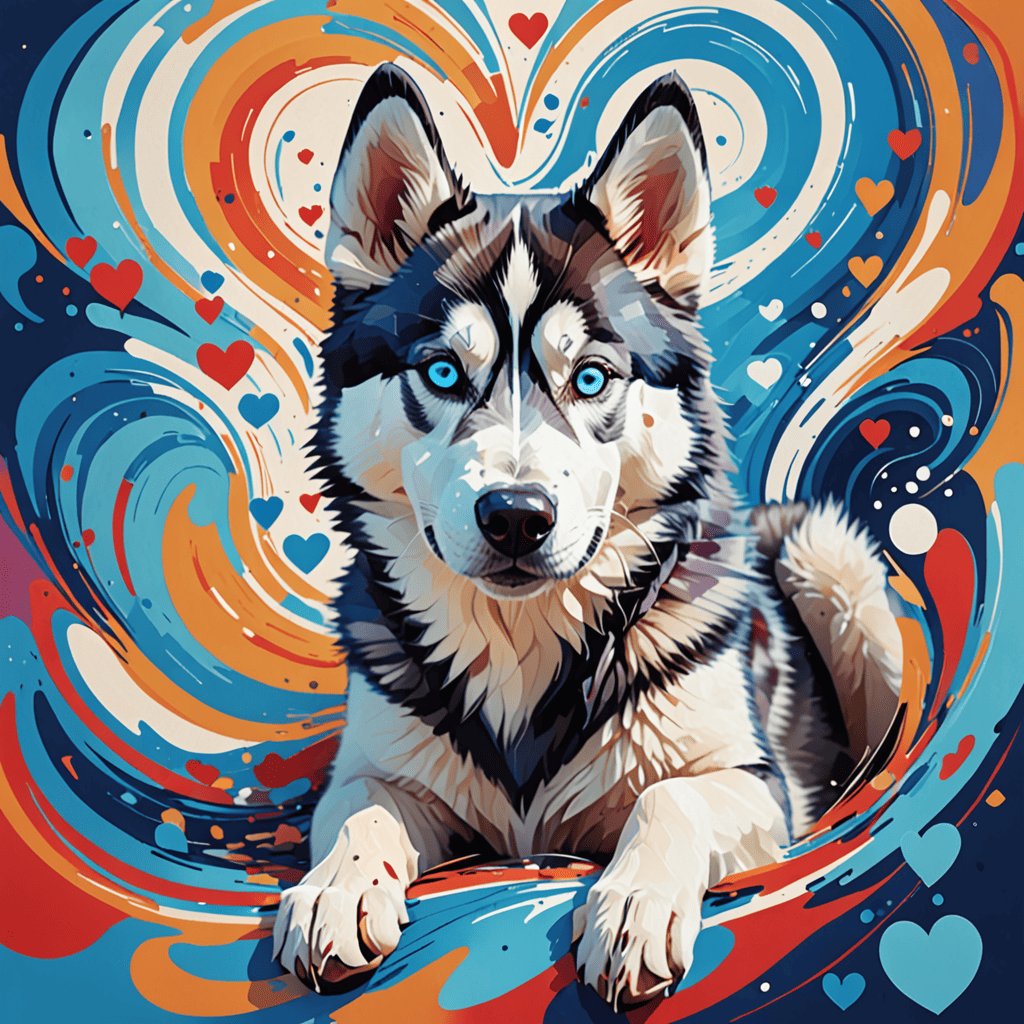
Is Owning a Husky Difficult?
Owning a Siberian Husky can indeed be challenging, primarily due to their unique characteristics and needs. Here are several key factors to consider:
Challenges of Caring for a Husky Dog
1. **Exercise Requirements**: Huskies are highly energetic dogs that require substantial daily exercise—ideally, at least 1-2 hours of vigorous activity. This includes running, hiking, or engaging in dog sports. Without adequate physical stimulation, they may develop behavioral issues such as excessive barking or destructive tendencies (American Kennel Club, 2023).
2. **Mental Stimulation**: In addition to physical exercise, Huskies need mental challenges to keep them engaged. Puzzle toys, training sessions, and interactive games can help fulfill their cognitive needs. Boredom can lead to undesirable behaviors, so incorporating variety in their routine is essential (PetMD, 2023).
3. **Shedding and Grooming**: Siberian Huskies are known for their thick double coat, which sheds heavily, especially during seasonal changes. Regular grooming—at least once a week, and more frequently during shedding seasons—is necessary to manage their fur and maintain a clean home environment (The Spruce Pets, 2023).
4. **Vocalization**: Huskies are known for their distinctive howls and vocalizations. While some owners appreciate this trait, it can be a challenge in noise-sensitive environments. Training and socialization from an early age can help mitigate excessive barking (DogTime, 2023).
5. **Training Challenges**: Huskies are intelligent but can be independent and stubborn. Consistent, positive reinforcement training methods are crucial for effective obedience. Early socialization and training can help establish good behavior patterns (American Kennel Club, 2023).
6. **Social Needs**: Huskies are pack animals and thrive on social interaction, whether with humans or other dogs. They can experience separation anxiety if left alone for long periods, making it important for owners to provide companionship and social opportunities (PetMD, 2023).
In conclusion, while owning a Siberian Husky can be rewarding, it requires a significant commitment in terms of time, energy, and resources. Prospective owners should assess their lifestyle and ability to meet these needs before bringing a Husky into their home. For more detailed guidance on caring for a Husky, resources like Wellness Coaching For Life can provide valuable insights into managing their unique requirements effectively.
The Lifespan and Health Considerations of Siberian Huskies
Understanding the lifespan and health considerations of the Siberian Husky is crucial for prospective owners. The average Siberian Husky lifespan ranges from 12 to 15 years, but various factors can influence this duration. Here are some important health aspects to consider:
1. **Genetic Health Issues**: Like all breeds, Siberian Huskies are prone to certain genetic conditions, including hip dysplasia, eye disorders, and skin issues. Regular veterinary check-ups and responsible breeding practices can help mitigate these risks.
2. **Diet and Nutrition**: Providing the best food for Siberian Huskies is essential for their overall health. A balanced diet tailored to their age, weight, and activity level can help maintain their energy and prevent obesity, which can shorten their lifespan. For guidance on the best dog food for Huskies, consider resources like Dog Food Advisor.
3. **Regular Exercise**: As mentioned earlier, Huskies require ample exercise to stay healthy. Regular physical activity not only keeps them fit but also contributes to their mental well-being, reducing the risk of behavioral issues.
4. **Preventive Care**: Routine vaccinations, parasite control, and dental care are vital components of a Husky’s health regimen. Staying proactive about their health can lead to a longer, happier life.
By understanding these health considerations and committing to proper care, you can enhance the quality of life for your Siberian Husky and enjoy many years together. For more information on caring for your Husky, explore our blog for various pet-related topics.
Siberian Husky Price and Cost of Ownership
When considering bringing a husky dog into your home, understanding the siberian husky price and the overall cost of ownership is crucial. The initial purchase price of a husky can vary significantly based on factors such as breeder reputation, location, and the dog’s lineage. On average, the price for a siberian husky can range from $800 to $2,500, depending on whether you are looking for a puppy husky for sale or an adult dog.
Factors Influencing Husky Dog Price
Several factors can influence the husky dog price:
- Breeder Reputation: Reputable breeders often charge more due to their commitment to health testing and responsible breeding practices. It’s essential to choose a breeder who prioritizes the well-being of their dogs.
- Location: Prices can vary by region. In areas with high demand for huskies, you may find higher prices.
- Pedigree: Dogs with champion bloodlines or show potential typically come with a higher price tag.
- Health Testing: Breeders who conduct health screenings for common issues in the husky dog breed may charge more, but this investment can lead to a healthier pet.
For those considering adopting, organizations like Petfinder offer options for finding huskies for sale or available for adoption, often at a lower cost than purchasing from a breeder.
Budgeting for a Husky Dog Puppy
Beyond the initial purchase price, it’s important to budget for ongoing expenses associated with owning a husky dog. Here are some key costs to consider:
- Food: Huskies require high-quality dog food to maintain their energy levels and health. The best food for huskies can range from $50 to $100 per month.
- Veterinary Care: Regular check-ups, vaccinations, and potential health issues can add up. Expect to spend around $300 to $600 annually on veterinary care.
- Grooming: Huskies shed heavily, especially during seasonal changes. Professional grooming services can cost between $50 and $100 per session, depending on the services provided.
- Training: Investing in training classes can help manage the husky’s energetic and sometimes stubborn nature. Classes typically range from $100 to $300.
Understanding these costs will help you prepare for the financial commitment of bringing a husky dog into your life. For more insights on pet care and wellness, feel free to explore Wellness Coaching For Life.
Siberian Husky Price and Cost of Ownership
Understanding the husky dog price and the overall cost of ownership is crucial for potential pet owners. The siberian husky price can vary significantly based on factors such as breeder reputation, location, and the dog’s lineage. On average, a puppy husky for sale can range from $800 to $2,500. This price often reflects the quality of breeding, health screenings, and the dog’s pedigree.
Factors Influencing Husky Dog Price
Several factors contribute to the husky dog price:
- Breeder Reputation: Reputable breeders who prioritize health and temperament often charge more for their husky puppies for sale. They typically provide health guarantees and documentation.
- Location: Prices can vary by region. In urban areas, the demand for siberian huskies may drive prices higher compared to rural locations.
- Lineage: Dogs with champion bloodlines or show potential tend to be more expensive. This is an important consideration for those looking into husky dog breeding.
- Health Testing: Breeders who conduct health tests on their breeding stock may charge higher prices, but this can lead to healthier puppies.
Budgeting for a Husky Dog Puppy
When budgeting for a husky dog, consider not just the initial purchase price but also ongoing costs:
- Food: Huskies require high-quality food tailored to their energy needs. The best food for huskies can cost between $50 to $100 monthly.
- Healthcare: Regular vet visits, vaccinations, and preventive care can add up. Expect to spend around $300 to $600 annually on healthcare.
- Grooming: Huskies shed heavily and require regular grooming. Budget for grooming supplies or professional grooming services, which can range from $30 to $100 per session.
- Training: Investing in training classes is essential for a well-behaved husky dog. Classes can cost anywhere from $100 to $300.
By understanding these factors, potential owners can make informed decisions about bringing a husky dog into their lives. For more insights on pet care, explore our blog for various pet-related topics.

